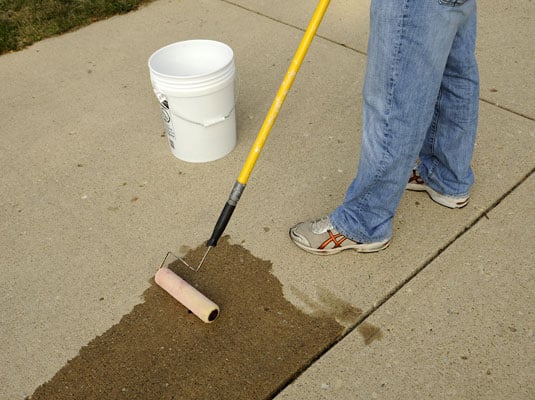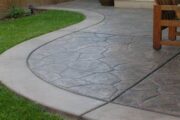How To Seal Concrete In Lemon Grove?
Sealing concrete is a crucial step in preserving its aesthetic appeal and structural integrity. Whether it’s a driveway, patio, or indoor surface, the right seal can extend the lifespan of concrete by protecting it from moisture, stains, and weather-related damage. Here are five tips to ensure that you seal your concrete effectively.
- There is a variety of concrete sealants available, each designed for different conditions and results. For outdoor concrete, acrylic-resin sealers provide good protection and are easy to apply. They can be combined with epoxy or polyurethane sealers for a stronger finish. For indoor concrete, a penetrating sealer might be best as it doesn’t leave a surface film and offers a natural finish. Make sure to pick a product that is appropriate for your climate and the level of traffic the concrete will endure.
- Before sealing, the concrete must be clean and dry. Remove any dirt, grease, or existing sealant (if resealing) with a power washer or concrete cleaner. For indoor surfaces, a thorough sweep followed by mopping with a concrete cleaner is advisable. Allow the concrete to dry for at least 24 hours after cleaning; moisture remaining in the concrete can prevent the sealer from adhering correctly.
- Inspect the concrete for any cracks or damage before sealing. Small cracks can be filled with a concrete patch product, while larger ones may require a concrete filler and a caulking gun. Once the repairs have dried, which typically takes about 24 hours, you can proceed with sealing.
- Using a paint roller or a sprayer, apply the sealant in thin, even coats. It is better to apply multiple thin layers rather than one thick one. Start from one corner and work your way systematically across the surface to avoid missing any spots. For outdoor surfaces, check the weather forecast to ensure no rain is expected for at least 24 hours.
- After application, give the sealant ample time to dry. Check the manufacturer’s recommendations for drying times, as they can vary between products. Usually, a 24-hour drying period is sufficient for foot traffic, and up to 72 hours for vehicle traffic. During this time, keep the surface free from debris and water.
FAQs
How Often Should Concrete Be Resealed?
The frequency of resealing concrete depends on the type of sealant used and the level of exposure to traffic and weather. Generally, outdoor concrete should be resealed every 2 to 3 years, while indoor concrete can often go longer, depending on the type of sealer and amount of foot traffic.
Can Concrete Sealers Improve Slip Resistance?
Yes, some concrete sealers can improve slip resistance. Sealers with a textured or matte finish can provide a non-slip surface. Additionally, additives can be mixed into some sealers to enhance their slip-resistant properties.
Is It Necessary To Seal Indoor Concrete?
Sealing indoor concrete is not always necessary but is often recommended. It helps protect against stains, makes the surface easier to clean, and can enhance the color and finish of decorative concrete.
Conclusion
Sealing concrete is a preventative measure that saves time and money in the long run by protecting the surface from wear, weather, and stains. By selecting the appropriate sealant, preparing the surface correctly, repairing any damage, applying the sealer evenly, and allowing for proper drying time, you can maintain the durability and appearance of your concrete for years to come. Remember to adhere to the maintenance schedule for resealing to ensure your concrete surfaces remain protected. For more information, contact Concrete Contractor Lemon Grove at (619) 648-5335.


